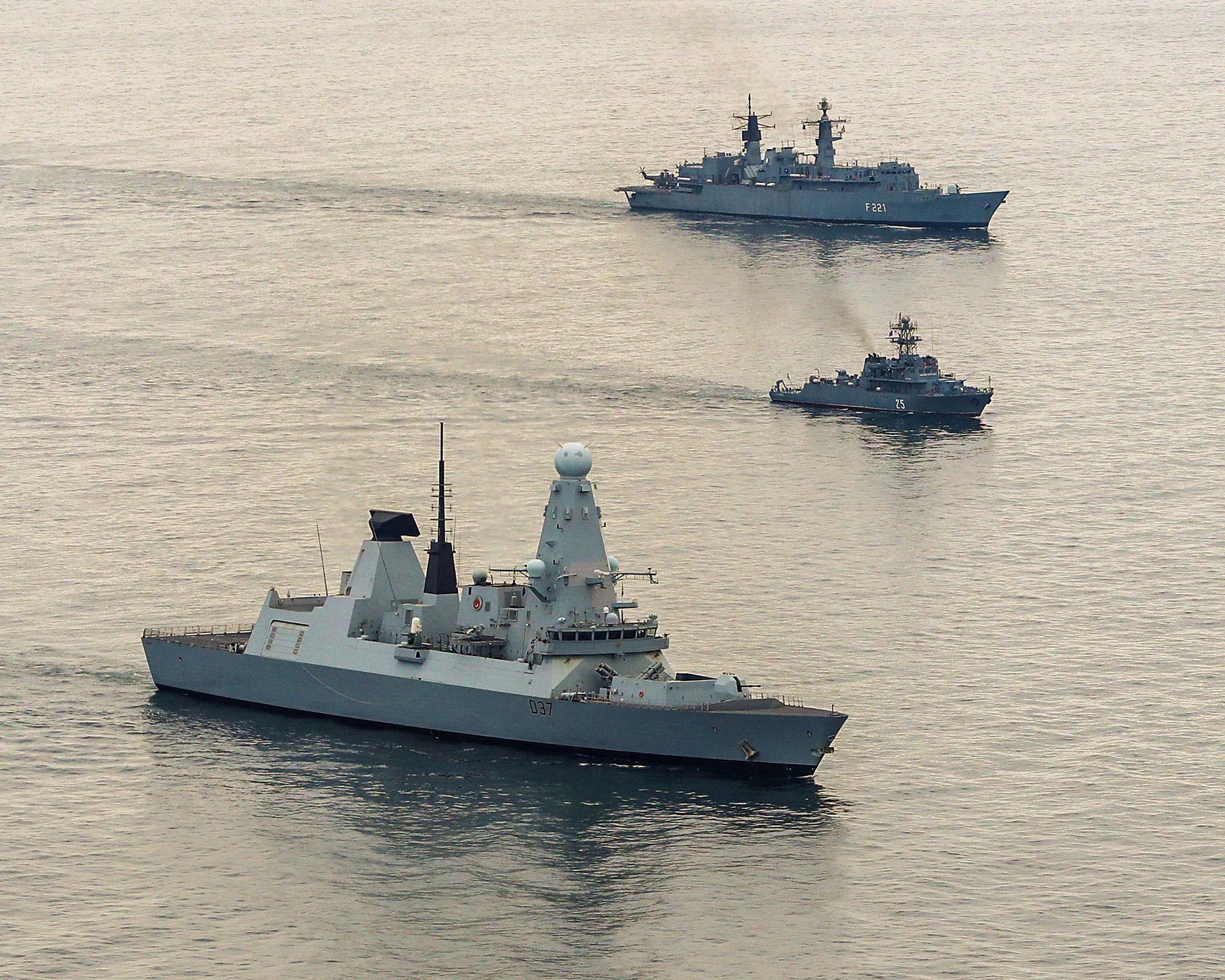
Greece has been handed command over a permanent NATO anti-mine naval force for the first time in the latest rotation between participating states.
Command duties of the Standing NATO Mine Countermeasures Maritime Group Two (SNMCMG2) passed to Greek Captain Fotis Paraskevas on Friday, January 12th with the handover ceremony taking place at the Naval Base La Spezia in Italy, the Hellenic National Defense General Staff announced today.
Italian Captain Ettore Ronco transferred the responsibilities to Paraskevas while both were aboard the Greek general support ship HS Heracles. NATO Rear Admiral Stefan D. Pauly was present at the event.
Greece’s Naval Involvement in NATO Force
The command given to Greece over SNMCMG2, one of NATO’s two permanently active naval fleets tasked with mine countermeasure operations, puts the country in an important position with regards to maritime safety, particularly in the Mediterranean.
According to the Royal Navy’s website: “Standing NATO Mine Countermeasures Maritime Group Two is typically composed of up to eight mine-hunting vessels and a support ship from one of the participating NATO members. The task group takes part in a number of activities such as mine clearance exercises, maritime security patrols and regional engagement across the Mediterranean and the surrounding area.”
#SNMCMG2 composed by the Flagship 🇬🇷 HS HERACLES and 🇮🇹 ITS VIAREGGIO departed from La Spezia Naval Base for the first time under 🇬🇷Hellenic command. Captain Fotis Paraskevas (GRC-N) addressed the ships' crew highlighting to work as a team and to integrate. #WeAreNato 🤝 pic.twitter.com/QSBKbTuJaK
— Commander SNMCMG2 (@COM_SNMCMG2) January 15, 2024
A tweet put out by NATO Commander SNMCMG2, accompanied by photos of naval personnel on Greece’s HS Heracles and Italy’s ship, said: “SNMCMG2 Composed by the flagship Greek HS Heracles and Italy’s ITS Viareggio departed from La Spezia Naval Base for the first time under Hellenic command. Captain Fotis Paraskevas addressed the ships’ crew highlighting the importance of working as a team and integrating.”
Greek and Turkish naval and air forces participated in a NATO exercise that took place last year in the Mediterranean. The Neptune Strike 23-2 exercise involved fighter jets from three different nations and was commanded from Standing NATO Maritime Group 2 (SNMG2) flagship HMS Duncan.
NATO said that four ships from Greece, Turkey, and the UK seamlessly integrated into a defensive multi-national NATO force, whilst the fighter jets fulfilled the roles of both friendly and hostile forces.
This created a realistic and challenging operational scenario for the task group. The combined force of fighter jets included Hellenic Air Force F16s, Turkish Air Force F16s, and Royal Air Force Typhoons, whilst a Royal Air Force Voyager provided air-to-air refueling.
The exercise enabled the task group and its multi-national staff to test their tactics, techniques, and procedures in the provision of integrated air-defense and anti-air warfare.
The Hellenic frigate HS Limnos, the Turkish frigates TCG Gokceada and TCG Goksu, and HMS Duncan, a British Royal Navy destroyer, were able to demonstrate their capability and interoperability, proving they are ready to defend themselves and the task group from real-world airborne threats.
See all the latest news from Greece and the world at Greekreporter.com. Contact our newsroom to report an update or send your story, photos and videos. Follow GR on Google News and subscribe here to our daily email!



